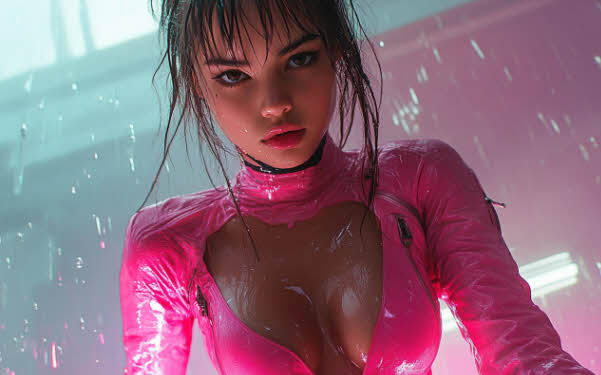Concept Art Reality Check: Building a Portfolio That Actually Works
ArtStation, an industry-leading portfolio platform established around 2011-2012, has become a go-to site for digital art and entertainment artists. However, the platform presents some challenges and misconceptions, particularly for young and aspiring artists.

This article addresses these issues and guides creating a competitive portfolio for concept artists and production designers in 2025.
The Problem with ArtStation
- Prevalence of AI-generated content
- Paywalls without clear benefits to artists
- Corporate influence favoring larger studios
- Promotion of primarily flashy, highly polished work
The main issue is that ArtStation often portrays an idealized version of creative jobs, giving aspiring artists a false perception of what production and concept art truly entail.
What Production Art Looks Like

Unlike the polished, detailed pieces often featured on ArtStation, real production art focuses on:
- Breaking down layouts
- Crafting precise object placements
- Creating cutaway designs
- Showing how pieces fit together
- Problem-solving
Production work requires a passion and obsession with every project, demonstrating versatility in drawing, painting, and sculpting.
What to Avoid in Your Portfolio
- Megalithic structures
- Generic military designs
- Random ruins
- Post-apocalyptic scenes
- Generic dark fantasy
While there may be jobs requiring this type of work, it’s safer to avoid these overdone themes when building a competitive portfolio.
What to Include in Your Portfolio

1. Human-Scale Designs
- Show examples of designs interacting with humans
- Include multiple pieces of interaction at the human scale
- Demonstrate gameplay features when applicable
2. Breakdowns and Iterations
- Reference real-life cultures and history
- Analyze and interpret reference material
- Show your ability to iterate and refine designs
3. Modular Assets
- Design buildings, architecture, props, and tile sets
- Use minimal tools to demonstrate efficiency
- Focus on clear communication rather than hyper-detailed renders
4. Lighting and Emotion
- Use lighting to convey specific emotions
- Demonstrate deliberate lighting choices from various angles
5. Systems and Interactions
- Design complex systems working in tandem
- Show consistency between interiors and exteriors
- Create organized sheets that break down ideas clearly
6. Storytelling Elements
- Incorporate the who, what, where, when, why, and how of your designs
- Consider staging, costume design, set design, and compositional elements
- Push narratives in your work to elevate simple scenes
7. Process Work
- Don’t rush the process
- Include research and reference boards
- Show progression from macro to micro (or vice versa)
8. Personality and Uniqueness
- Add character to inanimate objects
- Bring fresh perspectives to ordinary items
- Incorporate a sense of history and culture in your designs
Final Thoughts on ArtStation

While ArtStation has its drawbacks, it remains an important platform for concept artists. Many art directors and recruiters use it to scout new talent. However, remember that:
- A free account is sufficient; paying for premium features isn’t necessary
- The flashiest pieces on the site may not represent the full context of the work
- Much of the day-to-day production art is rarely made public due to NDAs
When building your portfolio, focus on demonstrating problem-solving skills, versatility, and a deep understanding of design principles rather than just creating visually stunning images. This approach will make you stand out to potential employers and better prepare you for the realities of working in the industry.